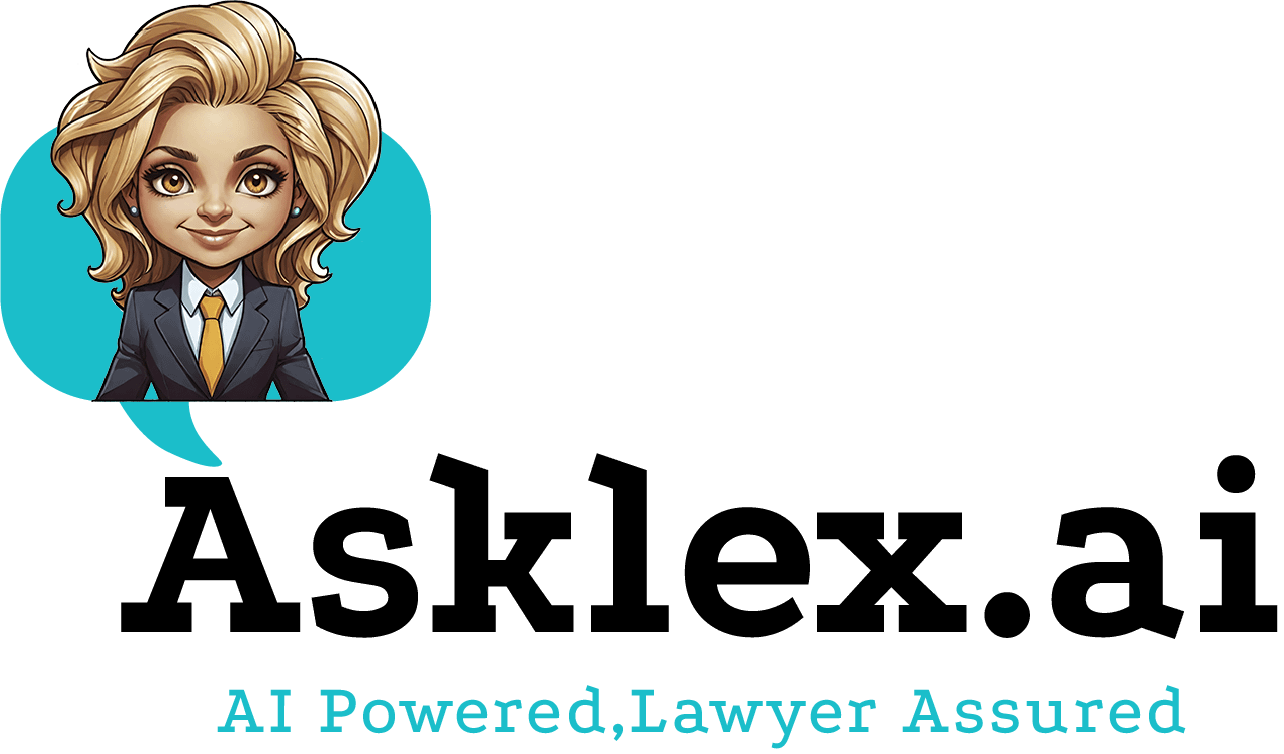Navigating the world of copyright law can feel daunting, especially when you’re trying to understand what constitutes “fair use” in educational or nonprofit settings. Let’s break down the essentials so you can feel more confident about when and how you can use copyrighted material legally.
Understanding Fair Use
Fair use is a legal doctrine in United States copyright law that permits brief excerpts of copyrighted material to be used under certain circumstances without the need for permission from the copyright holder. It’s designed to balance the interests of creators and the public, allowing for limited use in areas like criticism, comment, news reporting, teaching, scholarship, and research.
Determining Fair Use: The Four Factors
When determining whether a particular use qualifies as fair use, four main factors are considered:
1. Purpose and Character of the Use: This factor looks at whether the use is for commercial purposes or for nonprofit educational purposes. Nonprofit educational use is more likely to be considered fair. Additionally, transformative uses, which change the material significantly (such as adding new meaning, expression, or message), are more likely to be protected under fair use.
2. Nature of the Copyrighted Work: Using factual or published works is generally more likely to be considered fair use than using unpublished or highly creative works, such as music or novels.
3. Amount and Substantiality: This involves assessing how much of the work is used and whether the portion used is significant to the entire work. The less you use, and the less central the part used is (for example, using a small excerpt rather than the “heart” of the work), the more likely it is to be seen as fair use.
4. Effect on the Market: If the use could potentially replace the original work or harm the market for it, it’s less likely to be considered fair use. For example, distributing copies of a textbook instead of requiring students to purchase it would negatively impact sales.
Examples and Common Situations
- Educational Settings: Fair use often allows teachers to use excerpts from books or articles in classroom settings without permission, provided that the excerpt is brief and for instructional purposes. However, copying entire chapters or distributing substantial photocopies might not qualify as fair use.
- Nonprofit Use: Nonprofits can rely on fair use for certain purposes like news reporting or scholarship. For instance, a nonprofit organization analyzing economic trends might use a few quotes from a financial analyst’s report to support their findings without infringing on copyright.
- Creative Transformations: A teacher recreating a popular song with different lyrics to teach a lesson topic is a creative transformation and is more likely to be protected by fair use.
Practical Tips for Educational and Nonprofit Organizations
1. Use Less, Transform More: Try to use smaller portions of copyrighted material and, whenever possible, transform them into something new – adding commentary, criticism, or insight can strengthen your fair use argument.
2. Attribute Creators: While not a requirement of fair use, providing credit to the original creator can demonstrate respect for their work and help mitigate potential legal disputes.
3. Document Your Decision: If you’re using material under fair use, keep a record of your analysis of the four factors. This documentation can be helpful if your use is later challenged.
4. Seek Permission When in Doubt: Even with a strong fair use case, when possible, it’s always prudent to seek permission or a license to use copyrighted materials, especially for uses that might not clearly fall under fair use.
In summary, understanding fair use involves analyzing how the copyrighted material is used and ensuring that it aligns with nonprofit or educational objectives, respects the original work’s market, and sometimes creatively transforms the material. By carefully considering each of these factors and examples, educators and nonprofit entities can better navigate the complexities of using copyrighted material legally.








